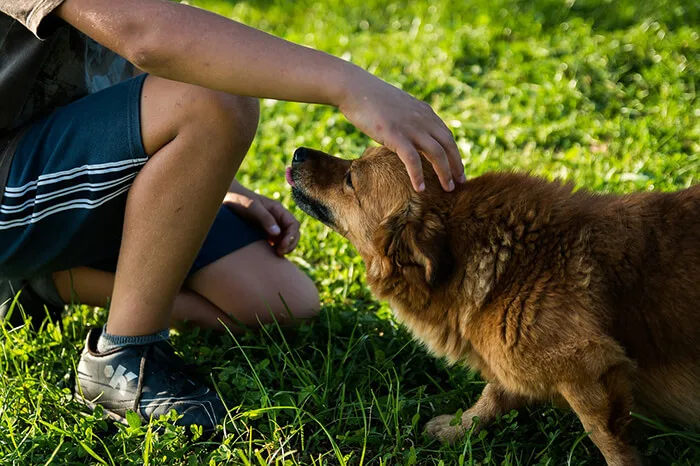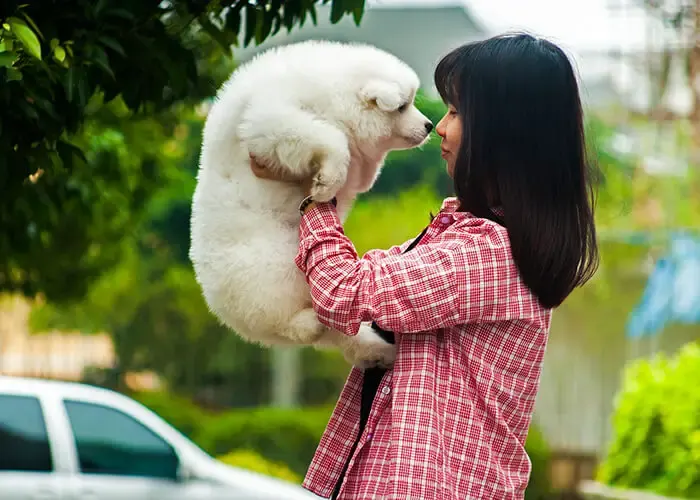If you’re a pet owner, there’s a good chance that you like to talk to your dogs, cats, hamsters, birds, or other lovely companions!
Others may laugh at you and make fun of you for holding full conversations with your furry or feathery friends.
But all that ridicule is more than worth it because pets are a part of the family and they certainly seem to enjoy listening to us.
Plus, speaking to animals is actually a sign of high levels of intelligence. Yes, really!

The fact is that speaking to animals, plants, and even random inanimate objects doesn’t mean you’ve lost your marbles.
This phenomenon has a name: anthropomorphization.
It involves applying human-like features to items, pets, and plants around you.
For example, you might want to name your car, see faces in rocks, or talk to your plants. People think it’s crazy, but it actually means you’re crazy smart!

Many people falsely consider the act of anthropomorphization to be an immature, silly action that is only for kids.
But numerous studies state that those who regularly engage in this behavior are pretty intelligent.
It means these people are able to attribute a variety of human emotions, traits, and even appearances in animals, plants, and non-living objects.
It’s not something all people can do and points to a sharp mind, and it’s a very natural process to those with higher IQs.

Those who enjoy anthropomorphizing other things have brains that are constantly working overtime.
Their brains constantly take note of, process, and register what is around them, and is, therefore, able to notice and attach human traits to these random objects.
This means their brains are incredibly active and even more functional, which can point to better cognitive abilities.

Of course, some people believe that talking to animals is pretty pointless, as animals aren’t able to understand you. But they are able to!
Animals aren’t able to speak English, sure. But what they can do is attach meanings to certain words and gestures.
It’s how pets can be trained to sit, roll over, and play dead, even though they don’t understand the human language.
They are also able to notice tones and relate them to moods and situations, and some particularly smart animals are able to slowly learn human emotions, recognize them in their owners, and understand them!

The University of Lincoln once found in a study that dogs are able to understand and differentiate human emotions.
When shown images of happy and sad people, and played audio of happy and sad voices, these pups were able to tell them apart and reacted accordingly to each emotional state.
These dogs combined their visual and auditory input into one cohesive emotional message – something only humans and primates have been found to be able to do so far.
Cats are also supposedly able to differentiate these emotions, some studies found, though they have less obvious reactions to them.

You’re never too old to talk to your pets, sing to your plants, and name your favorite items at home!
Keep doing that, and if anyone laughs at you, just tell them it means you’re smarter than they are. (Or maybe don’t do that, but think about it and smile!)
